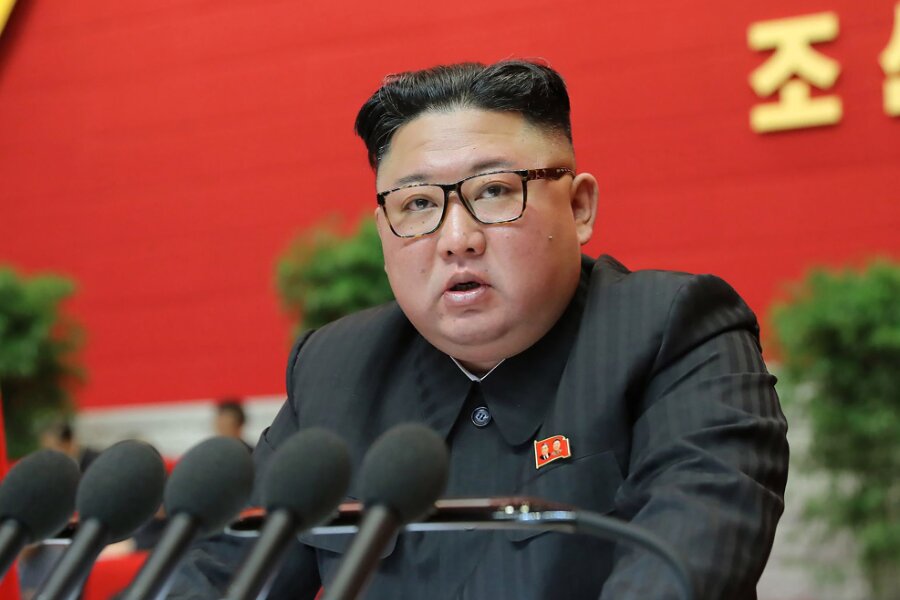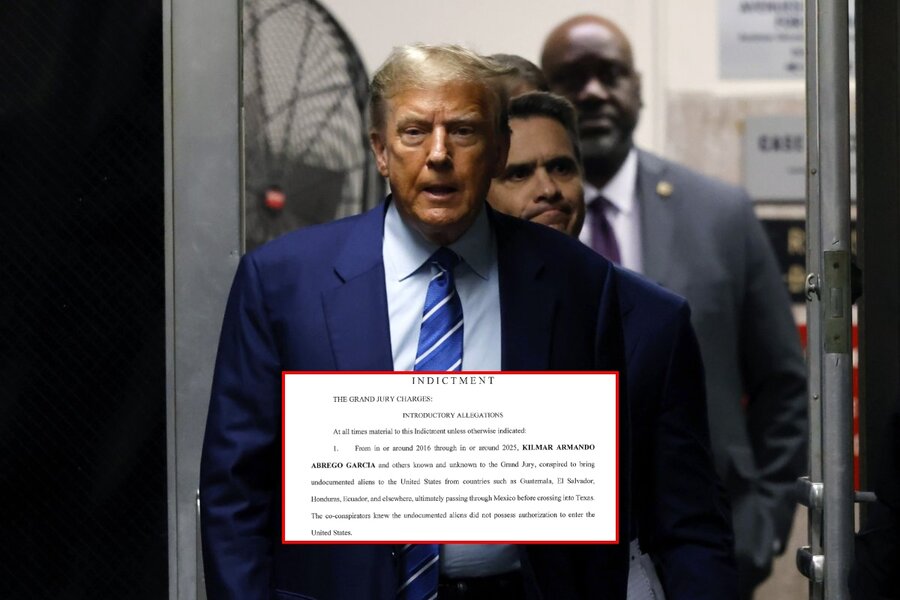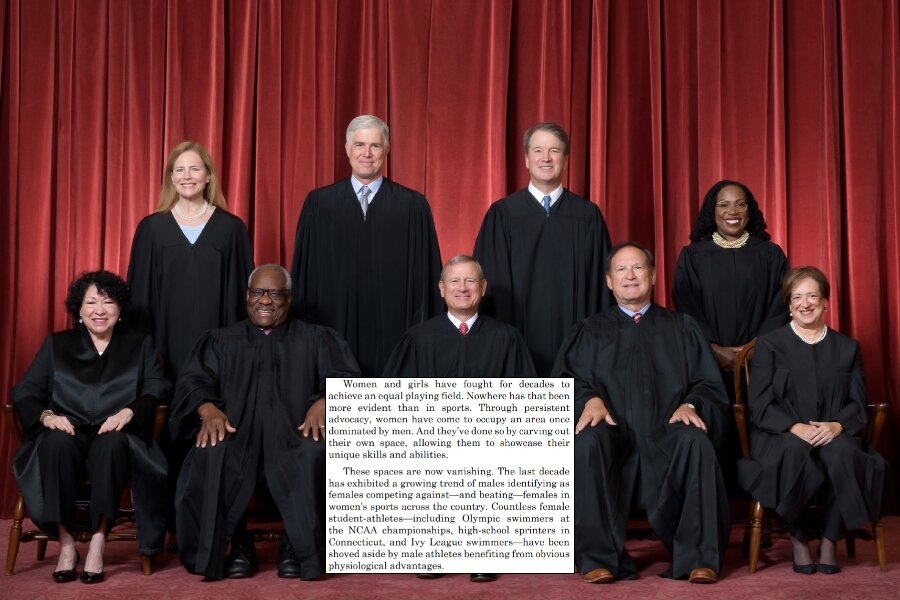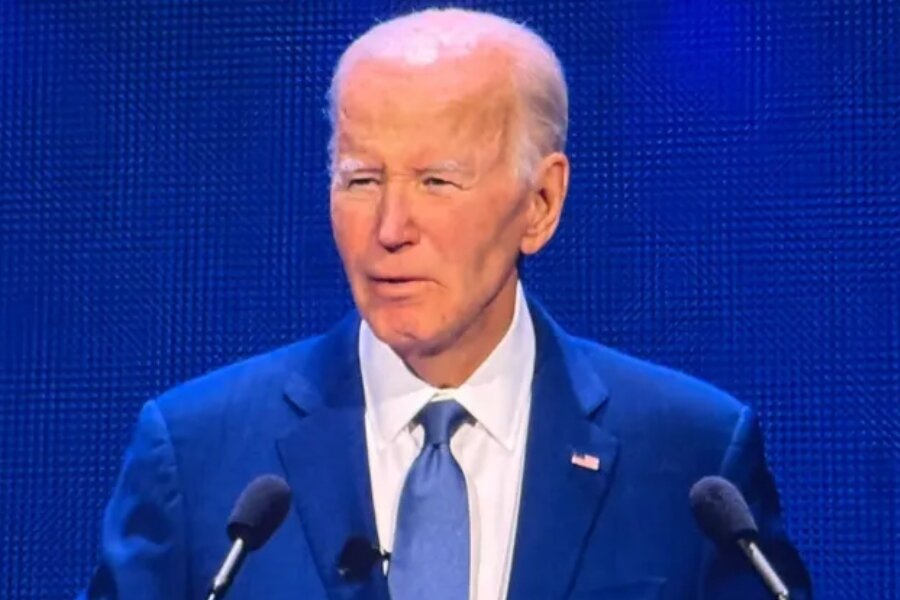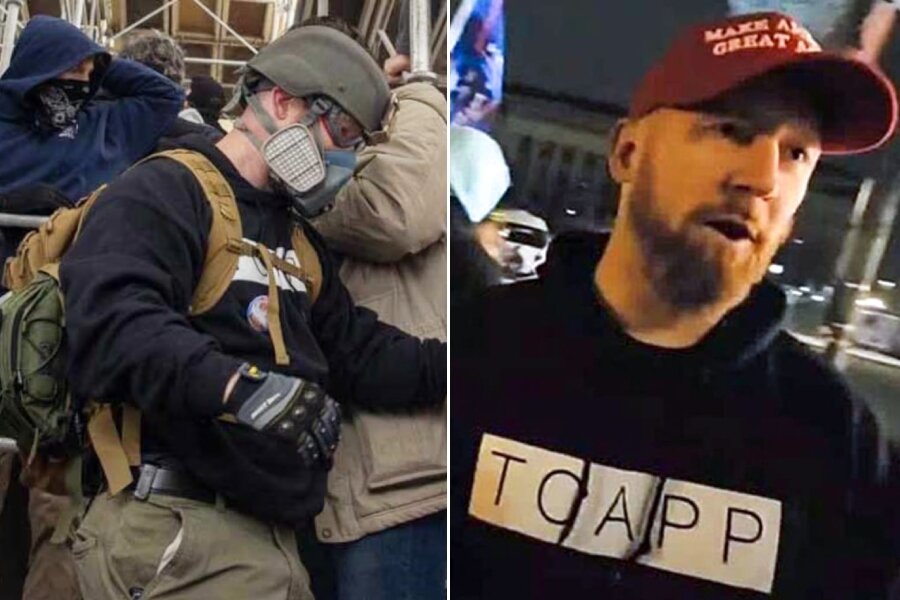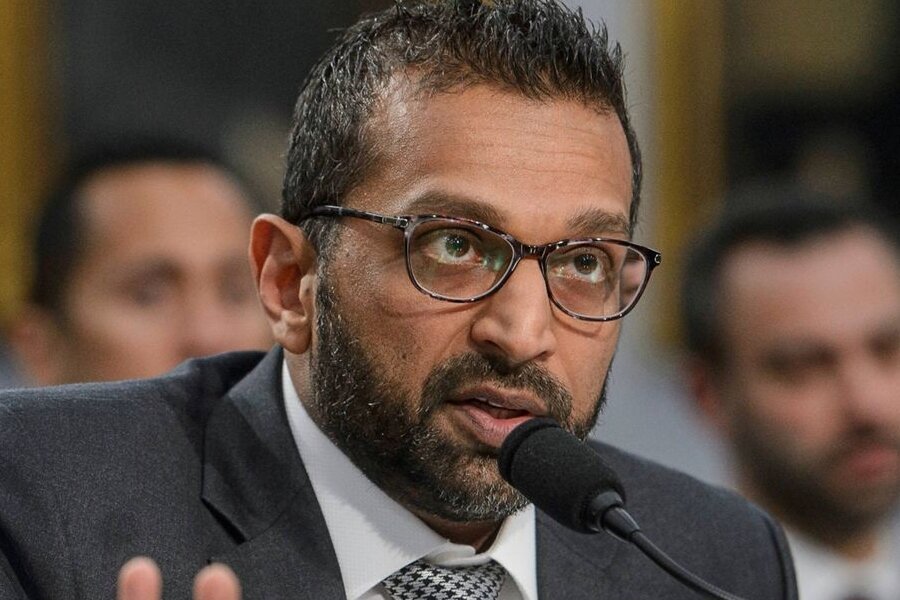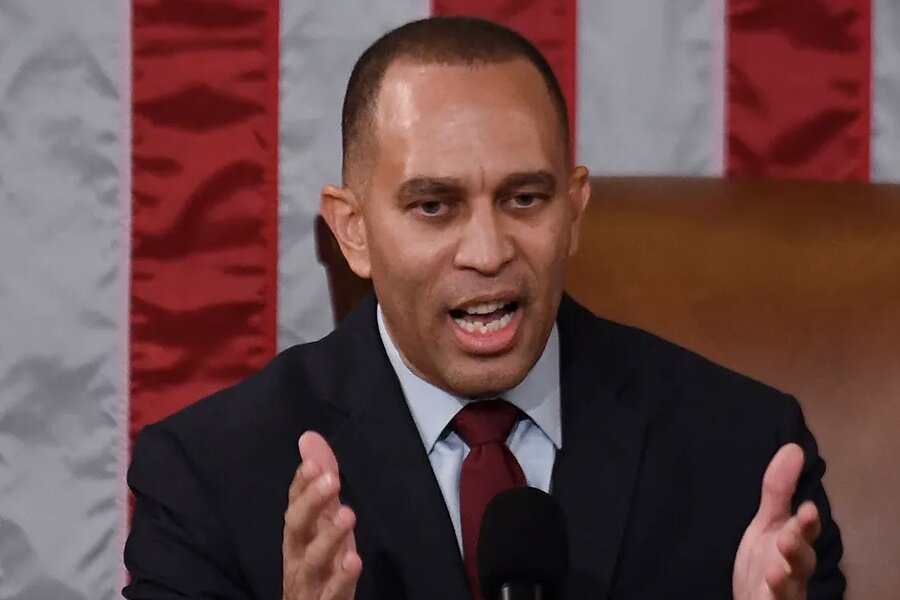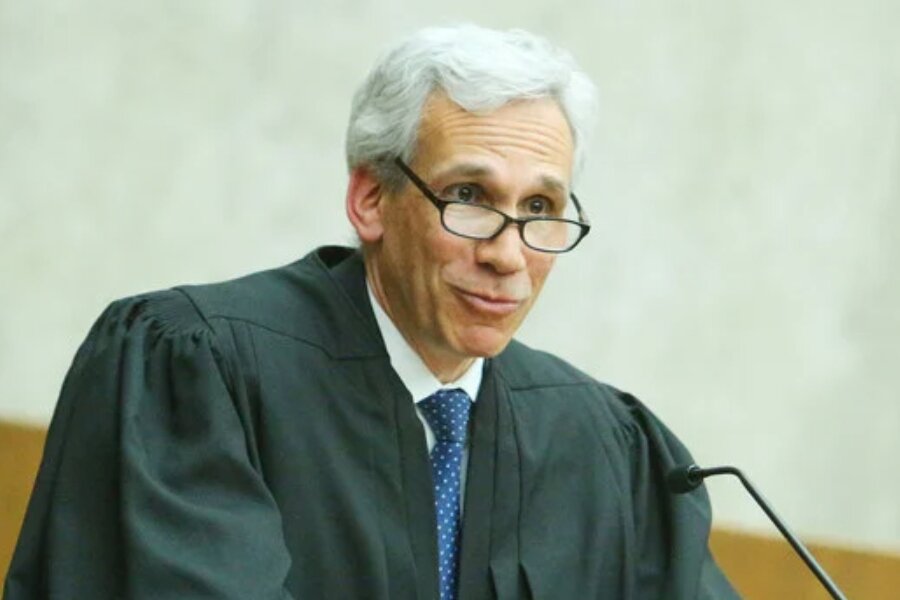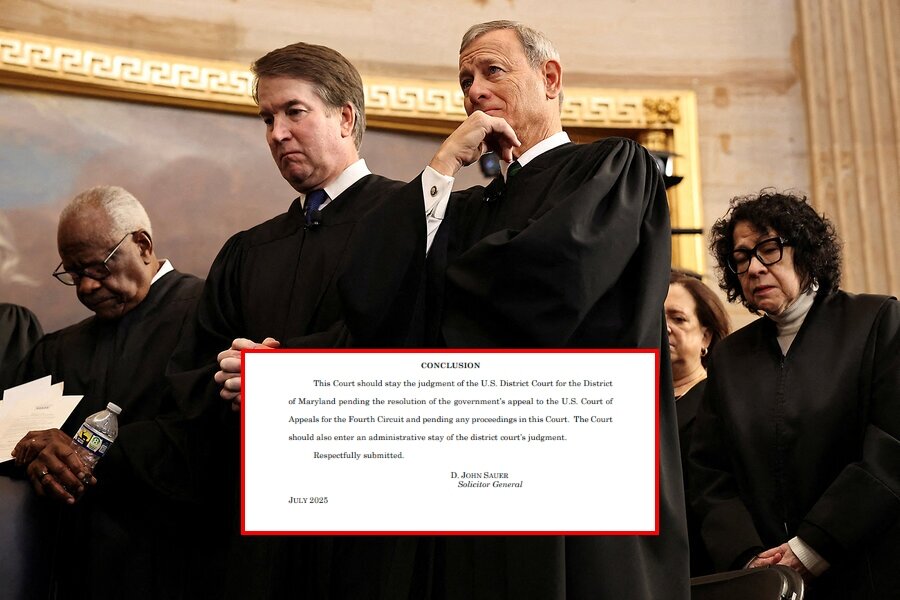North Korean Communist leader Kim Jong-un announced via state media on Wednesday that firing an intercontinental ballistic missile (ICBM) was essential to “clearly show what action the DPRK [North Korea] has been prepared and what option the DPRK would take when Washington makes a wrong decision against it.”
Kim’s comments were paraphrased in an article by the Korean Central News Agency (KCNA), the main propaganda channel of the North Korean government. Any news outlets or media not under state control are prohibited in North Korea.
The KCNA article verified that Monday’s launch of a long-range missile into the East Sea (or Sea of Japan) was indeed an ICBM test. The missile in question was identified as the “Hwasong-18,” North Korea’s most recent publicly disclosed model. Pyongyang introduced the Hwasong-18 in July, asserting its capability to precisely target any location in the continental United States with a nuclear payload.
On the very day, North Korea proudly announced Deputy Foreign Minister Pak Myong Ho’s visit to Beijing, the country also fired off an ICBM. According to reports, Chinese Foreign Minister Wang Yi warmly welcomed Pak and pledged ongoing support from the Chinese Communist Party for the neighboring rogue regime.
“In a world fraught with change and instability, China and the DPRK [North Korea] have firmly supported and trusted each other, which demonstrates the strategic significance of China-DPRK friendship and cooperation,” Foreign Ministry spokesman Wang Wenbin told reporters on Monday.
“We would like to work with the DPRK to enhance communication and coordination, deepen exchanges and cooperation in various areas … and advance the sustained and steady growth of China-DPRK friendship and cooperation,” he added.
According to KCNA, the choice to launch the ICBM was linked not to China’s unwavering support for the rogue state but rather to defense cooperation involving South Korea, the United States, and Japan.
This cooperation aims to monitor North Korea’s illicit nuclear weapons program. Despite a ceasefire in 1953, North and South Korea remain technically in a state of war since the conflict began in 1950. China and the United States are aligned with their respective allies in the Korean War.
“The present situation clearly shows the inveterate confrontation stand of the U.S. and its predominant stooges keen on their unchangeable instinctive and constitutional ambition for aggression,” KCNA claimed in its commentary, “and predicts a black augury of total destruction of the security environment in the Korean peninsula to be further aggravated.”
Confronting a “black augury of total destruction,” Kim ordered the missile launch to convey to the United States his readiness to employ nuclear weapons, as reported by KCNA.
“Under the decision of the WPK Central Military Commission on neutralizing the enemies’ intentional and premeditated confrontational military threats with our strong behavioral warning,” it explained, “a drill of launching ICBM Hwasongpho-18 was staged as an important military action to clearly show the DPRK’s nuclear strategic forces’ overwhelming counteraction will and matchless strength to the enemies.”
The ICBM launch was characterized by North Korea as a “drill” aimed at verifying “the combat readiness of the DPRK’s nuclear war deterrence.”
The assertion included the claim that Kim personally oversaw and guided the missile launch, expressing purported “great satisfaction” with the test.
“Noting that it was an occasion to clearly show what action the DPRK has been prepared and what option the DPRK would take when Washington makes a wrong decision against it,” the outlet reported.
“He appreciated that the drill once again and strikingly displayed the DPRK’s will for toughest counteraction and its overwhelming strength.”
Share your thoughts by scrolling down to leave a comment.

